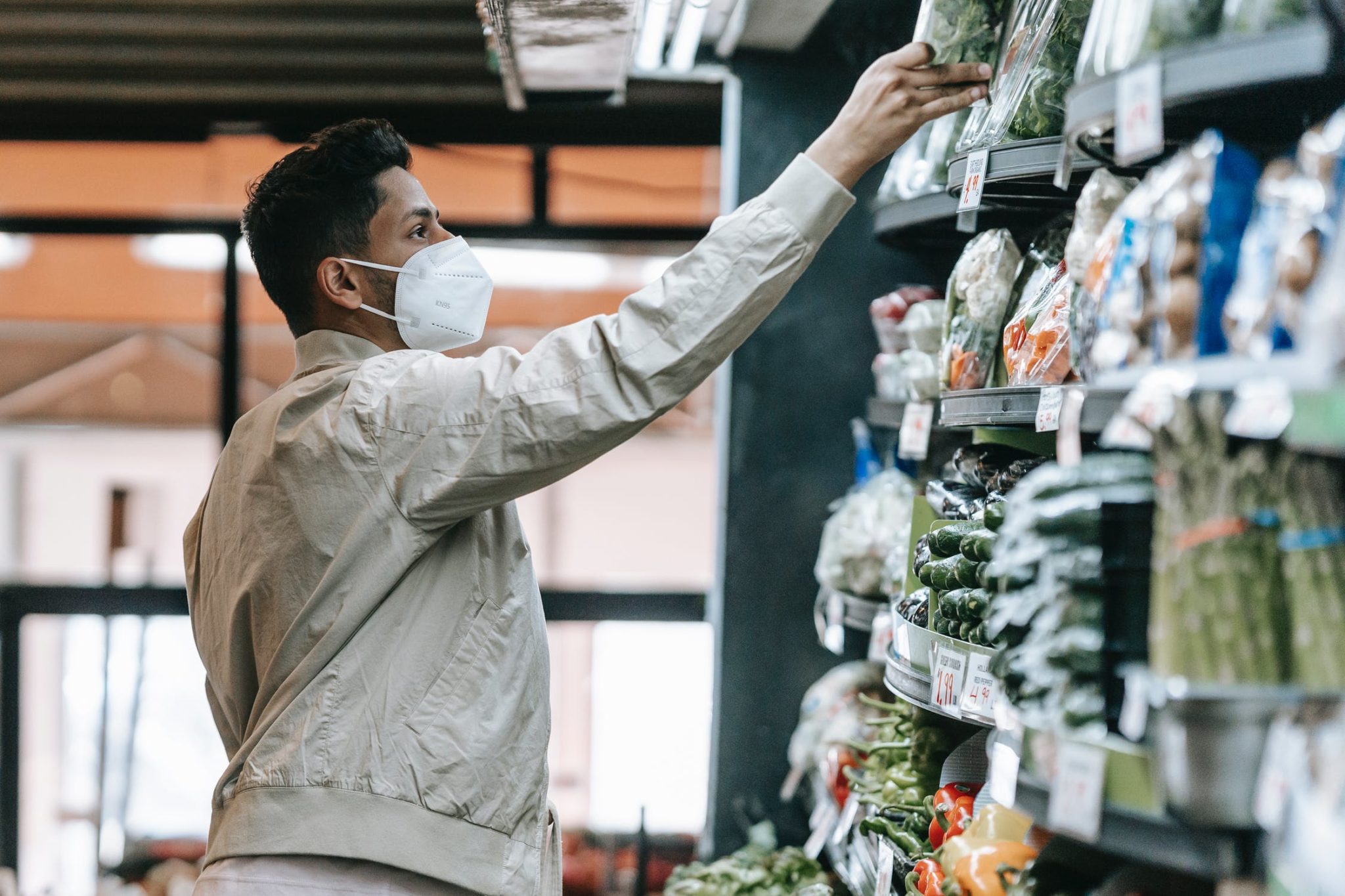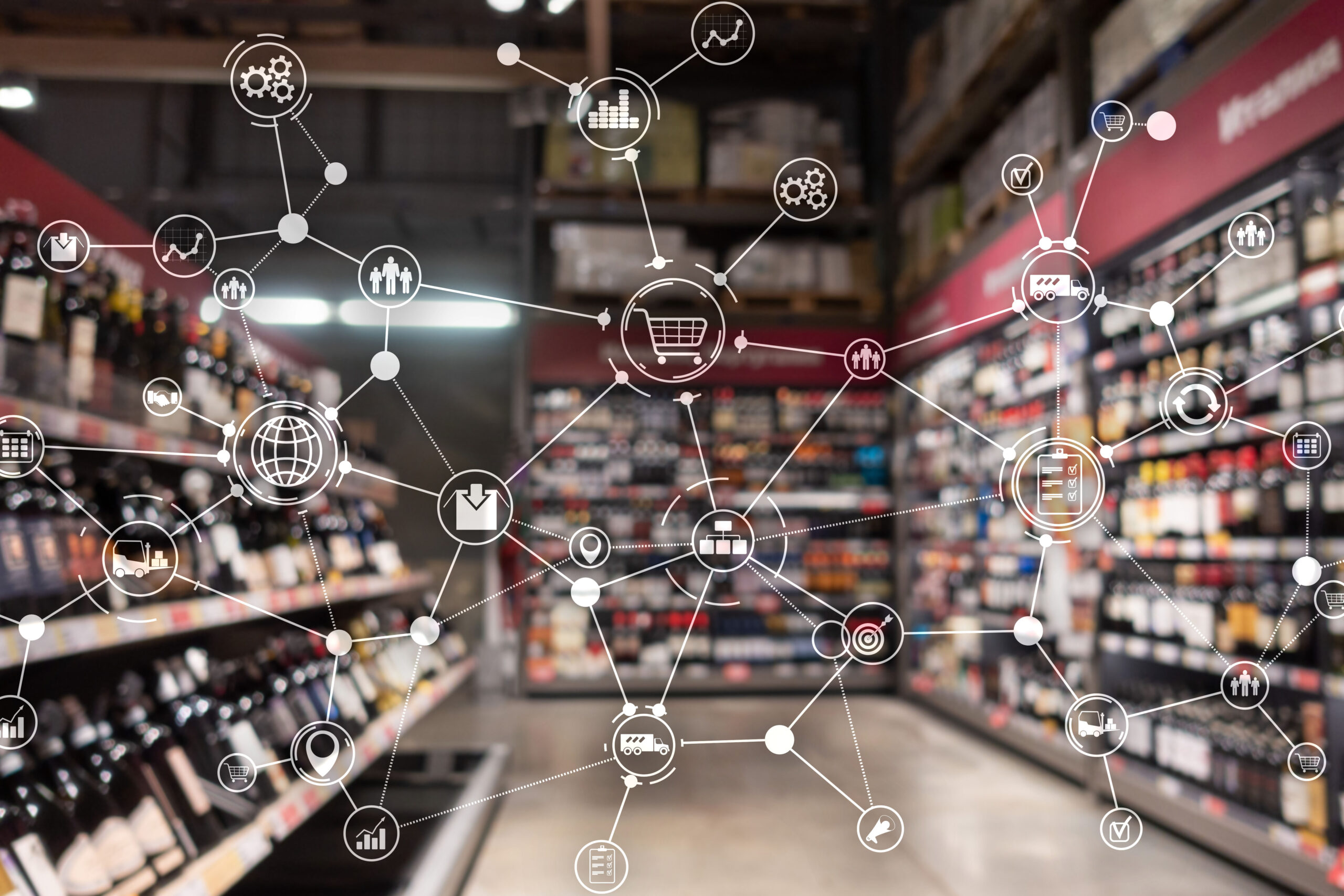In today’s competitive consumer goods industry, retail marketers have their hands full with the amount of data, the variety of tools, and the dynamic insights that are needed to create successful retail merchandising strategies. Amidst all the other retail insights you are tracking and using to improve your methods, why should you care about findability? Keep reading for the full breakdown.
What is Findability?
If you’re not familiar with the term, findability sounds like a buzz word invented by marketers. But it applies to a very real phenomenon that influences the success of retailers and brands everywhere. The term findability is believed to be created and popularized by Heather Lutze and Peter Morville, respectively, in the early 2000s. At the time it referred to the site findability and ease of navigation on websites.
Today, in the context of retail merchandising, we define findability as a measure to help identify optimized packaging, arrangement and/or other merchandising tactics based on an understanding of shoppers’ ability to find targeted products quickly and accurately.
In simpler terms: How well do shoppers find your products on the shelf? Findability is the process of making sure shoppers are finding the items that you want them to. Shoppers don’t have the opportunity to buy your product if they can’t find it.
Factors that Contribute to Retail Findability
Below are some of the factors we’ve found that contribute to findability.
-
Shelf dynamics: Eye-level, top shelf, and mid-shelf products have significantly better findability because they’re easier for shoppers to spot.
-
Branding: Popular products with recognizable branding designs have higher findability than the ones with packaging and branding that doesn’t stand out. For example, think of the red Coca-Cola branding and the iconic logo that everyone recognizes. That recognizable branding makes it easy for shoppers to zero in. If it were changed, it would have an impact on the product’s findability.
-
Signage: Introducing navigational signage has shown to have an impact on findability because signage helps shoppers locate the aisle and category they’re looking for faster.
-
Changes in assortment: Increases and decreases in flavor, scent, size, or number of products are all factors that influence findability. If there is a big change in an aisle, category, shelf assortment, or product packaging, those changes can impact what shoppers find and buy.
Findability vs. Discoverability
While these two terms share similar meanings, there are some semantic distinctions and different associations to be aware of:
-
Findability evaluates if people can find the items they came there to get. The goal of retail merchandising is to make a shopping trip as easy as possible for consumers to find the products they’re seeking.
-
Discoverability refers to the shopping experience of finding new items that shoppers might have not previously been aware of or didn’t know they wanted before entering the store. For example, the $1 Target section, where shoppers can discover products they didn’t plan on buying.
The Value of Findability Insights
Findability has a significant influence on other factors like sales and revenue. It’s pretty simple: if shoppers can’t easily and swiftly find the products you want them to find, the sales metrics for those products won’t be as high. Even if you think you’re placing products in an easy-to-find location, you don’t truly know if they’re finable until they’re put to the test. Maybe their location makes sense to you, but shopper behavior and attitude can be complicated. Advanced tools help you uncover and make sense of those behaviors and identify what you need to do to make products more findable.
Rapidly changing patterns of recent shopper behavior have made findability more important than ever since the pandemic changed the way people shop. While consumers used to spend more time in stores, today’s shoppers want to get in, find what they need, and get out.
If a shopper doesn’t want to spend much time in the store, they might not be able to find what they are looking for because it’s not in a convenient location or has easy accessibility. If your assortment plan can’t catch their attention at a time when shoppers are willing to spend less time in stores, those products will likely go unnoticed.
If retailers and brands don’t identify what is causing low findability and leave the issue unaddressed, it will inevitably impact revenue.
User Experience and Findability
The world of e-commerce, search engine optimization (SEO), and website user experience are useful comparisons for understanding the value of findability insights. The term commonly refers to usability testing for web design, and essentially has the same meaning in the context of retail.
This is because retail environments and websites share several parallels, like website navigation and in-store signage. If you do a site search in the Amazon search bar, it functions the same as navigating to an aisle in a physical store and searching for the product based on where signage directs you. Both are systems of information architecture.
Understanding the journey website site visitors take to get to a piece of information is equivalent to extracting shopper insights from in-store visits or virtual store tests. The user research gained is critical to the information architects’ ability to create a user experience that delivers on the brand’s goals.
Findability Insights with VR Testing Solutions
If you don’t have any experience with VR testing, you might be wondering what the best testing method you should use to mine valuable findability insights. Virtual testing with a 3D simulation platform is the most accurate and efficient way to test the findability of your assortment arrangements.
VR testing allows retail marketers to eliminate the extra expenses associated with in-person testing, while also drawing from a wider pool of respondents, resulting in more precise data.
Testing how quickly 100 people find your product in a mock-store setup (that was a significant drain on resources to build) is much less effective and efficient than testing how fast 1,000 people find your product in a virtual store environment.
How is findability measured?
What testing methods are available to test and improve findability?
While findability is an abstract concept, it has a significant real-world impact. To predict what that impact will be there are a few testing methods used by retailers and brands today to uncover findability insights. Below are the stages of a typical shopping respondent exercise to test findability:
-
Shopping Mission: Respondents are given shopping instructions to find one specific product.
-
Findability Exercise: Respondents are then placed in-store to find assigned product.
-
Post-Exercise Questionnaire: Respondents share details around how easy or difficult it was to find the assigned product and why.
Get Started Today
Contact InContext today so our experts can guide you through your journey to getting valuable findability insights through VR testing. Additionally, learn more about the journey from traditional merchandising to launching a virtual reality retail program.





